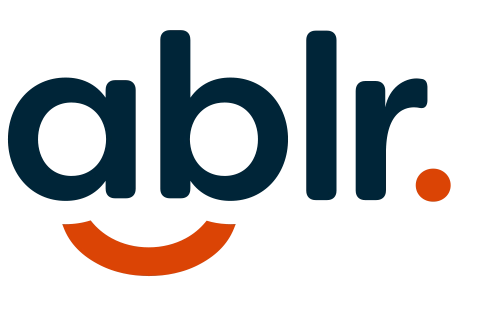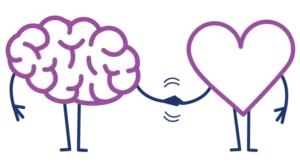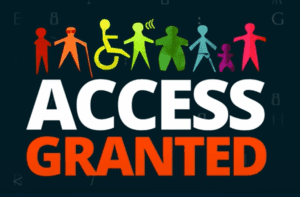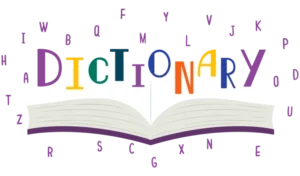by Vanh Vue

I was introduced to digital accessibility and usability testing early last year, while I was volunteering at the Governor Morehead School for the Blind. In mid-January, as I was doing some unrelated research on the internet, I came across Deque University and signed up for their courses. A month later, I was asked to participate in a usability-testing project with Red Hat for some of their web applications.
These two events were entirely independent of each other. I had no idea at the time that I would be joining LCI, and that these events would quickly become relevant to my work. I would become a Certified Professional in Accessibility Core Competencies, and later, do usability testing for other clients.
During the short time that I participated in the project for Red Hat, we worked on a number of navigation menus. They talk about such things as implementing ARIA and I had no clue what it all meant, except that it had something to do with the code and it was interesting and I wanted to learn more. I did not know it then, but much of what we were doing tied back to Accessibility.
At that time, there was a blurry distinction between usability and accessibility. It was only after I joined LCI, and started executing accessibility tests, that I finally began to understand the differences.
When LCI started collaborating with equal entry, I learned that with usability testing, it was much more subjective, because I was asked for my experiences as I was going through an application. This is not like accessibility testing, where we systematically go through a website and check them against the Web content Accessibility guidelines. After experiencing both types of testing, I have a deeper appreciation for the need for both, and understand the key differences.
For this reason, I feel that Global Accessibility Awareness Day (GAAD) plays an important role for the accessibility community. Many people have preconceptions of usability and accessibility being the same, and this could not be further from the truth.





